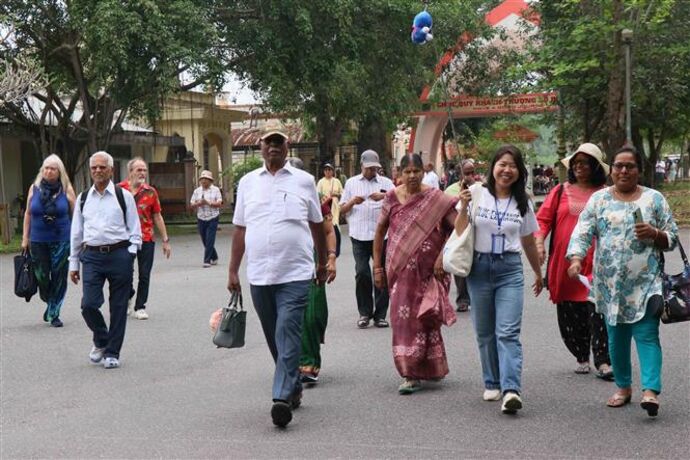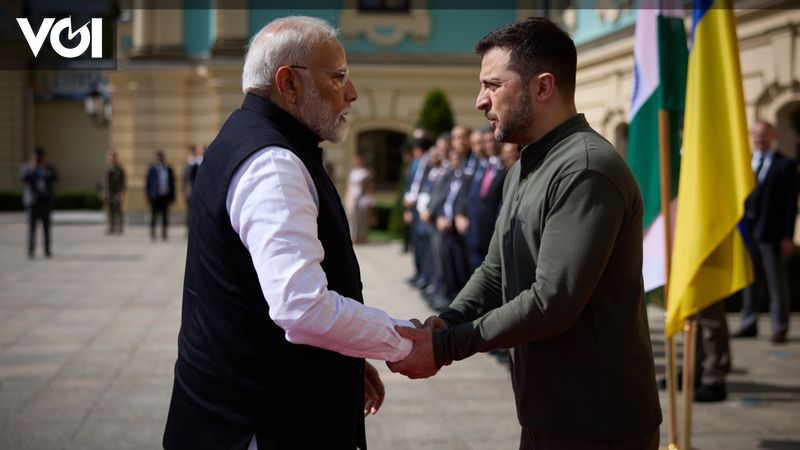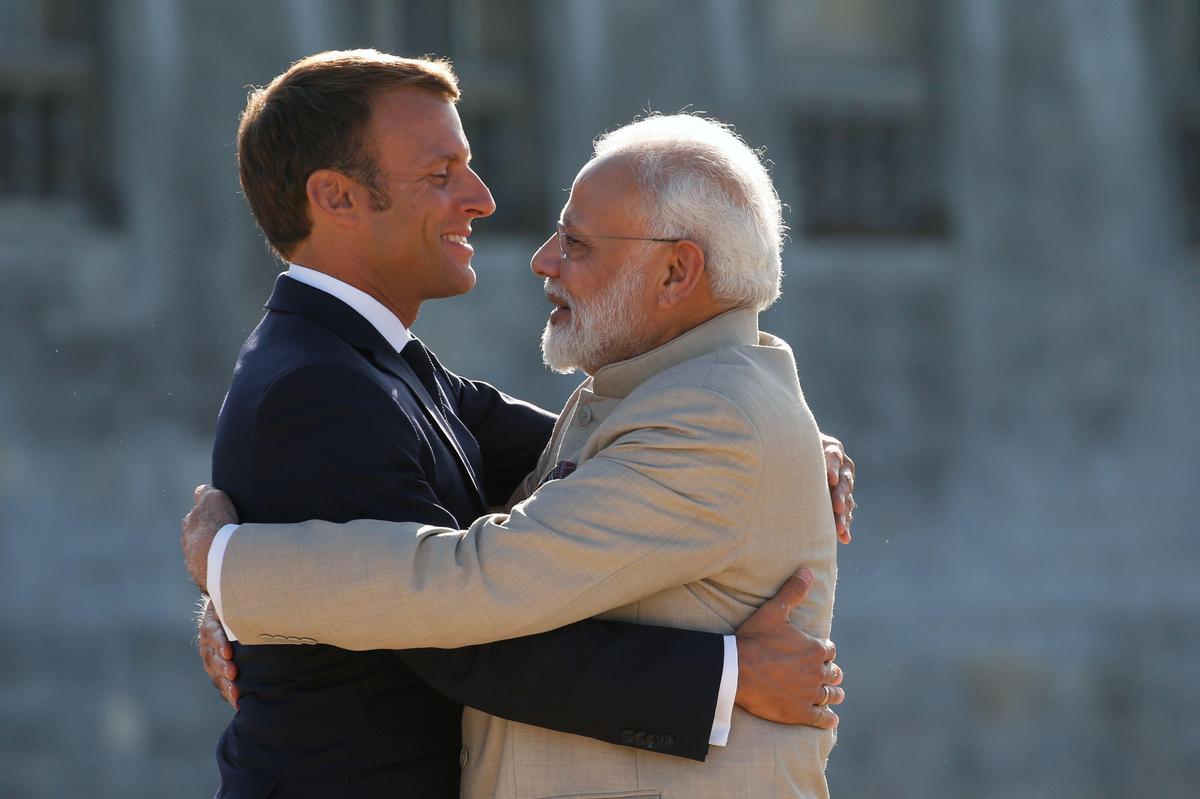Would you like to take a virtual tour of Delhi’s Red Fort, almost like walking between its palaces, pavilions and mosques? That’s what you can do with Google Street View.
Such visits are possible because Street View is a virtual representation of your environment on Google Maps, consisting of millions of panoramic images.
Advertising
Google Street View offers interactive panoramas of viewers from different positions along the streets in many parts of the world. Basically, you get 360-degree views of the streets, sights and monuments. Launched in 2007 in a number of cities across the United States, it has since expanded worldwide, including rural areas. If Street View imagery is available for a particular street, it will be displayed as a blue line on the Google Maps. Interactive panoramas consist of VR photos that have been merged. While most of the photography is done in cars, everything from camels, boats and snowmobiles to good old walking power has also been used.
So how did Google finally manage to bring this feature back to India? Street View will be coming to India following changes in the country’s geospatial guidelines. In February 2022, the Ministry of Science and Technology has published guidelines for geospatial data.
The policy limits foreign companies to an accuracy of 1 meter. It also requires these companies to use application programming interfaces from authorized national licensees. Therefore, data collection and ownership will remain with the local entity. However, under the new guidelines, Google is allowed to collect and use geospatial imagery in India through partnerships with local companies. The policy even identifies areas that are excluded as government and military sites, solving security concerns.
So this time, Google launched Street View in India in collaboration with Tech Mahindra and Genesys International, a mapping and geospatial company. This is the first time the service will be fully managed by a local partner.
Street View will be available in India with licensed images from local partners. To start, the service will cover more than 150,000 kilometers in ten cities. In addition, the plan is to expand the service to more than 50 cities by the end of 2022.

“Twitter junkie. Hipster-friendly bacon expert. Beer ninja. Reader. Communicator. Explorer. Passionate alcohol geek.”







